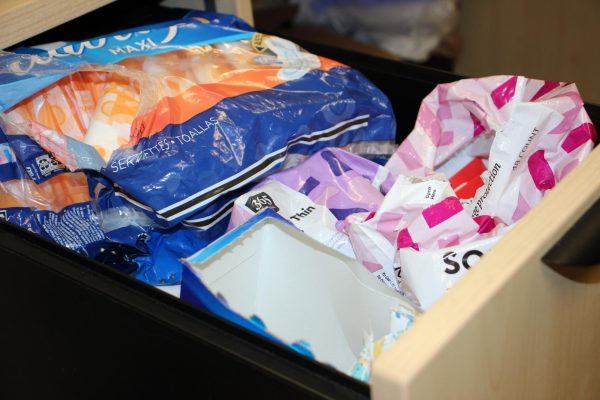“Flyswatters, not sledgehammers: proper petitioning”
For those of you who didn’t hear about it through the grapevine of social media or by word of mouth, over summer break an online petition to change the school’s uniform policy was proposed by an anonymous Spartan. The petition, created through ipetitions.com, read:
“White Station High School students feel a change needs to occur, a change in the uniform policy…We spend more time in the office for uniform violations than in the classroom preparing for exams and end of course tests. We are not asking to completely throw out the policy, but to simply update it. We will no longer stand to be punished for something as trivial as a non-collared shirt and denim pants. We will not be chastised due to our multicolored jackets and strapless sandals. We want a change; we deserve one.”
The creator of the petition expressed their views on White Station’s current uniform policy, which seem to be shared by much of the student body. By the end of the summer, the petition (started with a goal of 1,000 signatures) had gained almost 1,300 signatures and garnered the supportive comments of hundreds of students.
In a nutshell, a White Station student voiced their opinion about something they felt needed to change in their school’s policy. Exercising their rights as a student, they implemented a tech-savy method to create a petition and accumulated the signatures and support of over 1,000 people. Sounds pretty good, right?
So then why is it still considered an offense to wear a striped sweater or a collarless shirt?
Two lessons can be learned from this situation and one is this: Swatting flies with a sledgehammer does not yield the best results.
The framer of this petition had noble intentions— something that is not to go without praise. However, many would agree that, no matter how noble intentions may be, the significance of those intentions becomes less effective if the proper and most effective tools are not used to execute them. In other words, while the passion behind the person may be admirable and inspiring, it does not do much for anyone to watch the that person lunge at flies with a sledgehammer.
In light of this actualization, the second thing to be learned here is that flyswatters are accessible to anyone. That is, students do have a voice when it comes to making changes at their school, there is just a more proper and effective way to ensure your voice is heard.
It’s not common knowledge, but there is actually a school board policy on voicing public opinion. Uniform policy, specifically, is something that can only be changed by the principal. However, regarding any other issue, anyone from students to concerned citizens may speak during the thirty minutes allotted to public comment during any school board meeting. You must fill out a formal complaint/comment card before speaking to schedule a three minute time slot to present your case or concern. As a student, you have the right to speak and the Board is obliged to listen.
Although student petitions may seem like a glamorized catch-all for desired student revolution, realistically there is a different and right way to go about it effectively. Keeping this in mind, should any students come across their own swarm of flies, they should know where to find the flyswatter.
Your donation will support the student journalists of White Station High School. Your contribution will allow us to purchase equipment and cover our annual website hosting costs.





































